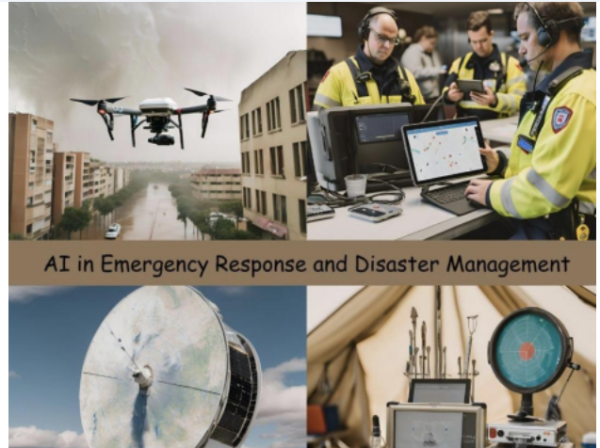Artificial intelligence (AI) is transforming emergency medical services (EMS), reshaping how first responders assess and treat patients. From AI-powered 911 call analysis to predictive algorithms assisting EMTs in the field, these innovations aim to improve response times and patient outcomes. However, experts continue to debate whether AI is a revolutionary tool or a potential liability in life-or-death situations.
How AI is Transforming Emergency Response
AI is already being integrated into some emergency dispatch centers, where it analyzes 911 calls to detect life-threatening conditions like strokes or cardiac arrest. According to a National Institutes of Health (NIH) study, AI-assisted 911 systems have reduced misdiagnoses by 30%, allowing dispatchers to send the appropriate level of care faster.
Beyond dispatch centers, ambulances are beginning to test AI-driven diagnostic tools that analyze patient data and provide EMTs with real-time treatment recommendations. These systems are designed to minimize human error and improve efficiency in high-pressure environments.
“These technologies have the potential to save countless lives, but they should complement— not replace—human expertise,” says Dr. Sarah Collins, an emergency physician and AI researcher.
The Risks and Limitations
Despite AI’s potential, concerns remain. Critics warn that over-reliance on AI could lead to delays if a system malfunctions or misinterprets symptoms. A 2023 report from the American Journal of Emergency Medicine found that AI-based triage systems misclassified 8% of life-threatening conditions, underscoring the need for human oversight.
Cost is another challenge. While major cities can afford AI-powered dispatch and diagnostic tools, smaller fire departments and EMS agencies may struggle to implement these technologies, potentially widening the gap in emergency care.
Additionally, AI systems depend on data, which can introduce biases if the models are trained on incomplete or flawed information. Experts caution that without proper testing across diverse patient populations, AI could reinforce existing healthcare disparities.
The Future of AI in EMS
Despite these concerns, AI’s role in emergency response is expected to expand. Companies are developing AI-driven augmented reality (AR) tools that assist EMTs in performing complex
procedures with real-time visual guidance. AI-powered predictive analytics may also enable hospitals to anticipate patient arrivals, improving coordination and care efficiency.

Sources:
National Institutes of Health, “AI in Emergency Medical Response.”
https://www.nih.gov/news-events/news-releases/nih-findings-shed-light-risks-benefits integrating-ai-into-medical-decision-making
American Journal of Emergency Medicine, “AI in Triage: Benefits and Risks.”







